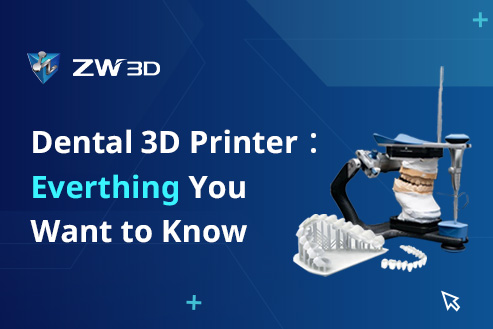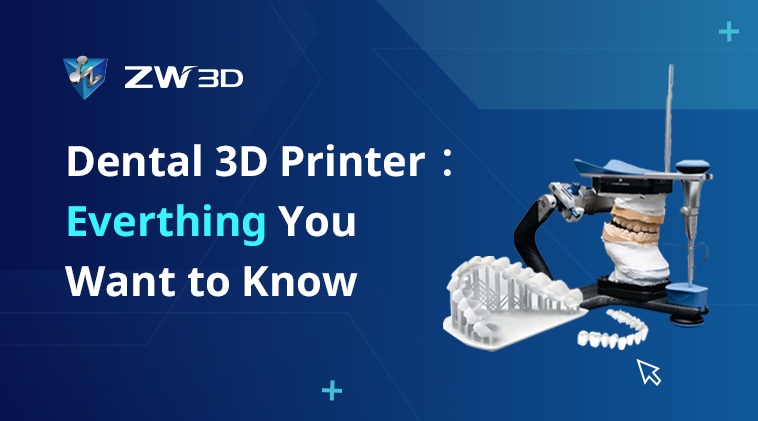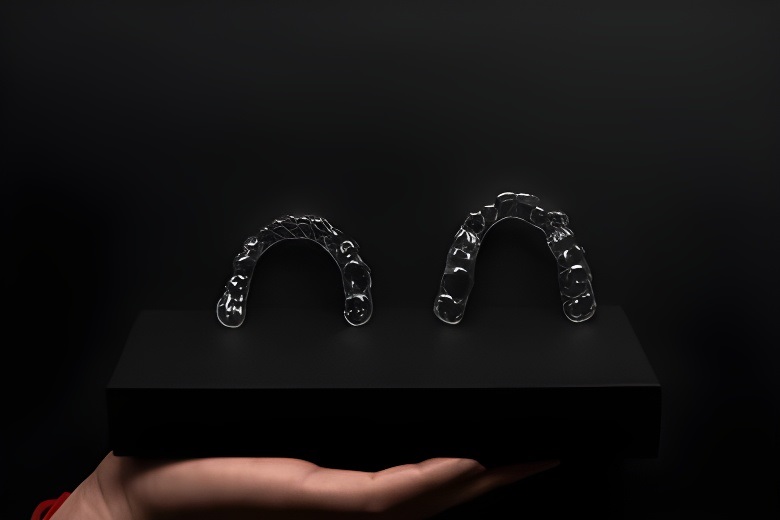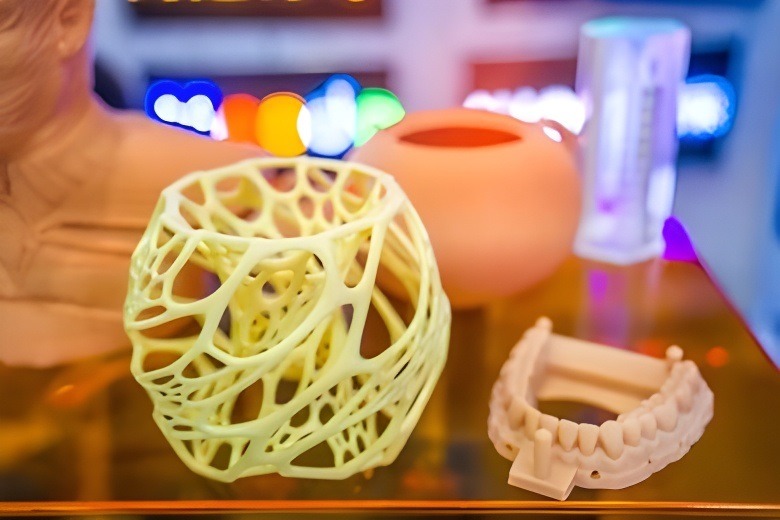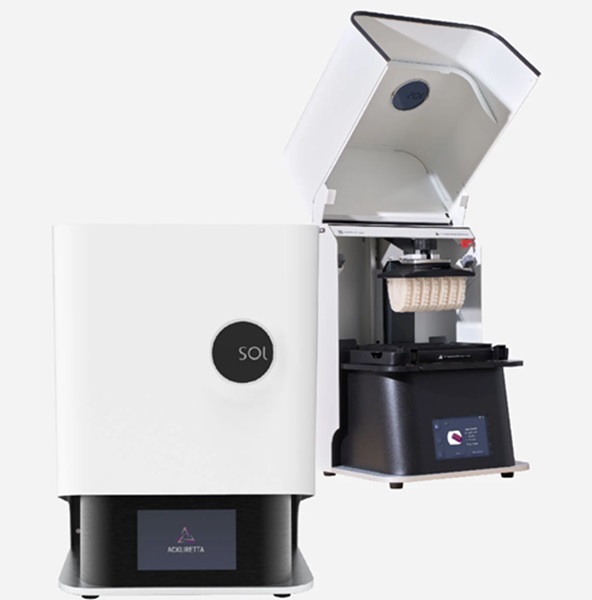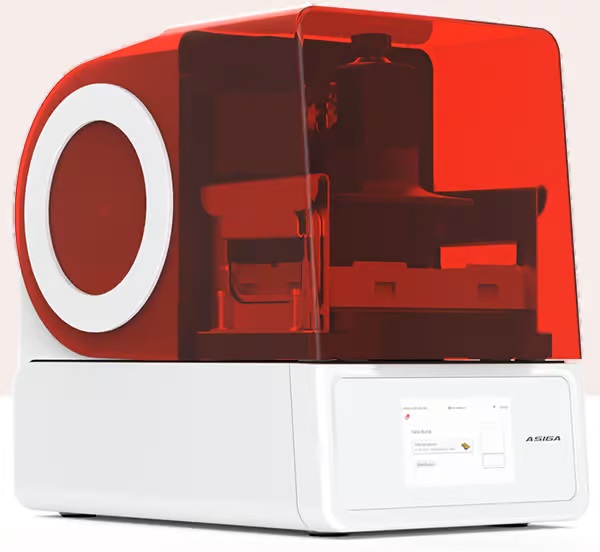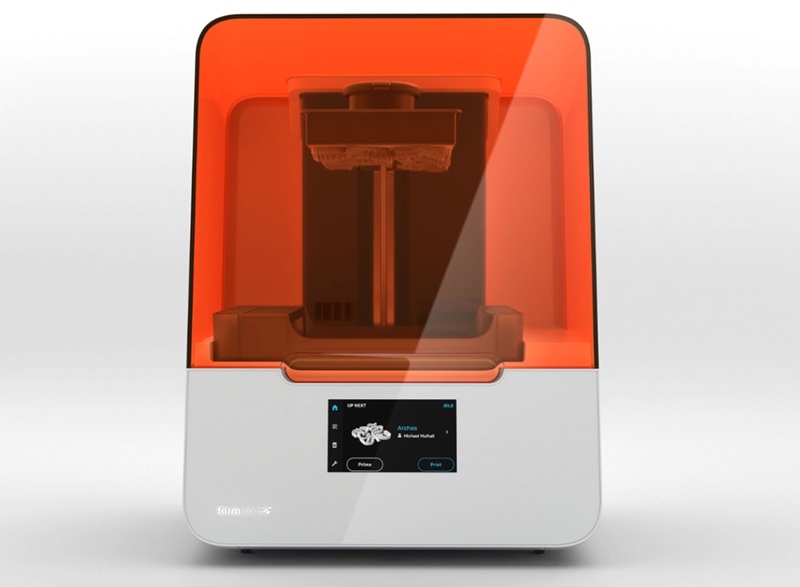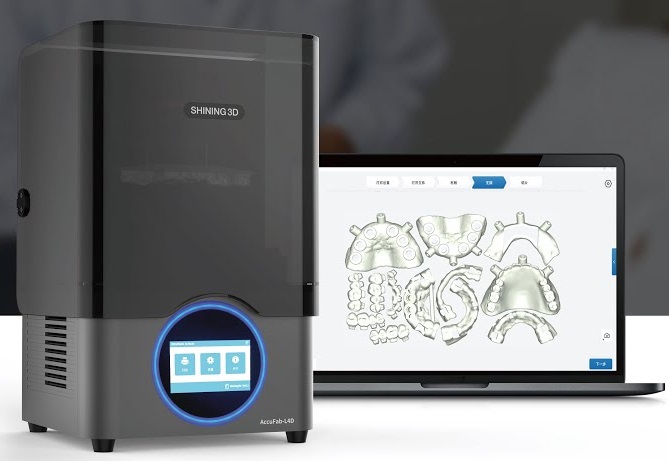3D printing technology eliminates the need for alginate, silicone, and other impression materials in the patient’s mouth. Instead, an oral scan and computer-aided design are all to complete model creation and tooth repair. The improvement in work efficiency, as well as in restoration accuracy and quality, is evident.
Therefore, be you a dental professional or a company new to the industry, having a dental 3D printer is a very worthwhile choice. This can not only optimize services but also provide patients with more options for dental restoration. You don’t have to worry about being unable to choose from the vast array of 3D printers available. The factors to consider when selecting one, along with the four best dental 3D printers, are prepared in this article. Get ready to dive in!
| Note: If you’re looking for cost-effective 3D modeling software, don’t miss out on ZW3D 2025. It’s an all-in-one CAD/CAE/CAM solution that recently received updates, offering users a better experience and features to enhance efficiency. If you’re interested, you can download it for free from the download center and try it out with the 30-day free trial. |
What Is a Dental 3D Printer?
As the name suggests, a dental 3D printer is a specialized high-precision device used to create crowns, bridges, inlays, aligners, surgical guides, and dentures. Currently, there are three main types: stereolithography (SLA), digital light processing (DLP), and masked stereolithography (mSLA). They use resin, metal, and ceramic as building materials to form models layer by layer, directly generating dental restoration tools from digital models in a safe and risk-free manner.
Compared to the traditional method of taking impressions in the mouth, a 3D printer for dental is based on optical scanning or other similar techniques to obtain models of the teeth and gums, which are then optimized and used to construct restorations through CAD. The whole 3D printing process greatly improves the efficiency and accuracy of tooth repair. Although some challenges in cost and technology also follow, it will make patients more comfortable during treatment.
Related Article: How Does a 3D Printer Work? Your Ultimate Guide in 2024
How to Choose a Dental 3D Printer
A 3D dental printer selection is a comprehensive decision that takes into account three main factors: equipment performance, material availability, and budget. Here’s a breakdown.
Printing Speed
The speed of a dental 3D printer is a priority, whether for a laboratory or a clinic. This benefits both research progress and efficient patient care. Especially for the latter, as patient needs vary and may involve aligners, dentures, implants, and other restorations. Only by investing in equipment that can quickly fabricate different restoration tools within service hours can it create a positive cycle for the clinic.
Printing Accuracy and Precision
Accuracy and precision are the most critical to consider beyond print speed, as they directly impact the quality of the final product. Therefore, when selecting a 3D dental printer, pay special attention to the XY-axis resolution. This is usually measured in microns and a smaller value results in finer restorations. The same applies to the Z-axis, which represents layer thickness. Additionally, a good dental 3D printer should excel in its calibration system to ensure accurate movement along all axes.
Ease of Use
Considering researchers and practitioners may not be experts in mechanical equipment, a 3D printer for dental must be easy to use. This not only helps you and your team quickly get accustomed to the device but also facilitates smooth communication with the manufacturer to resolve any issues that may arise. More importantly, an intuitive user interface and operation process are beneficial for professional training.
Material Selection and Usage
Resin, metal, and ceramic are commonly used for dental 3D printers. However, since the final products are intended for human use, the printing materials supported by the chosen device must meet international standards, such as ISO and FDA certification, to ensure they do not cause allergies, toxicity, or other reactions.
Meanwhile, it is advisable to choose a printer compatible with materials that have high chemical and thermal stability, as they can produce more durable 3D printed dental implants and restorations, suitable for the complex oral environment.
Cost
Finally, it is essential to consider cost. Purchasing a dental 3D printer within your budget is reasonable, but not the whole picture. Dental practices also have labor costs, equipment costs, software costs, printer maintenance, and so on. So you’d better choose a device based on your expected return on investment for optimal results. Of course, if funding allows, the latest and most advanced dental 3D printer is always a good choice.
4 Best Dental 3D Printers Review
The 4 best dental 3D printers have been listed below. Now let’s delve into them to see if any align with your expectations, keeping in mind the purchasing tips discussed earlier.
1. Ackuretta SOL 3D Printer
Ackuretta SOL 3D is a 3D printer designed specifically for dental applications. Despite its compact size of just 29.2 W x 27.1 D x 41.6 H cm, it can print temporary and permanent crowns, splints, protective devices, dentures, surgical guides, and more. With an XY resolution of 49 microns and a minimum layer height of 30 microns, it achieves fine detail in dental restorations, ensuring excellent biocompatibility.
In addition to being user-friendly, this dental 3D printer avoids uneven curing and screen burnout thanks to its dynamic backlight and precise light guidance. This is also beneficial to the device’s lifespan. What’s more, it not only operates 3X faster than conventional SLA printers, but also features industry-leading L, M, and S build platforms. This allows for high-volume model printing, improving your workflow efficiency unprecedentedly!
Top Features of Ackuretta SOL 3D Printer
- Compact size fits on any desktop;
- Compatible with biocompatible resins;
- Easy to use with complete equipment instructions;
- High precision based on 54 LEDs and over 95% light uniformity;
- Capable of printing various implants and restorations;
- Faster speed and features an innovative L, M, and S build platform.
2. Asiga Max 2
Asiga Max 2 features a pioneering technology called the Smart Positioning System, which allows for precise layer thickness control, ensuring optimal printing accuracy and speed. Moreover, this 3D dental printer combines the latest generation of high-power UV solid-state light sources with an integrated radiometer. This means that even after years of use, 3D printed dental implants will be as precise as when the device was new.
Not only that, the basic features of the Asiga Max 2 are also impressive. It supports over 500 printing materials, meaning it can handle tasks beyond dental restorations. Meanwhile, it features a touchscreen interface on the body, allowing you to set up and monitor print progress directly on the device. It is quite a convenient design for both beginners and professionals.
Top Features of Asiga Max 2
- Small in size but supports over 500 resin materials.
- Equipped with auto-calibrating UV LED and DLP micromirror technology.
- Features a touchscreen for visualizing closed printing.
- Supports STL, SLC, PLY, STM, and other file formats.
- Comes with a bonus package including Composer software, 1 kg material, and more.
3. FormLabs 3B+
For a dental 3D printer that is FDA and ISO certified, look no further than FormLabs 3B+. It can work with 18 biocompatible and sterilizable materials to produce permanent crowns, orthodontic models, surgical guides, dentures, gingival masks, etc. Unlike traditional SLA printers, it offers calibration-free printing, providing faster print speeds, accuracy, and unmatched surface smoothness.
FormLabs 3B+ also comes with a dashboard, allowing you to set up and visualize printing nodes directly. However, its most popular feature is the built-in resin tank that can last up to four months. Not only does it have a large capacity, but it also enables easy resin replacement in just a few steps. Additionally, it has a no-spill resin dispensing system and an intelligent resin release system, ensuring clean and efficient printing.
Top Features of FormLabs 3B+
- Certified workflow designed for professional use;
- Compatible with 45 materials, including 18 biocompatible and sterilizable ones;
- Suitable for dental as well as prototypes and fixtures for other medical devices;
- Easy to use with a one-hour personalized training call included;
- Excellent resin capacity with no spill and intelligent release features.
4. AccuFab-L4D 3D Printer
AccuFab-L4D 3D Printer is considered a one-stop shop for dental 3D printing. It can directly connect to a scanner to capture the intraoral state of teeth and gums and has built-in design modules (CreSplint, CreIBT, AccuDesign, CreTemp) for easy and smooth model creation. With the help of AI algorithms, meanwhile, it allows for multiple one-click prints for various dental applications.
In addition to powerful technology and efficient workflow, AccuFab-L4D 3D Printer also boasts top-notch printing accuracy. Based on three selectable print thicknesses (50/75/100 microns), it can achieve over 96% surface point fitting accuracy within ±0.1mm, with a brightness uniformity of up to 90%. This not only creates features smaller than a pixel, but also ensures the 3D printed dental implants and restorations have a superior surface finish.
Top Features of AccuFab-L4D 3D Printer
- An all-in-one solution integrating scanning, modeling, and slicing;
- Equipped with a dashboard for easy operation;
- Built-in small resin tank to enhance printing accuracy;
- Ensures residue-free printing with a ceramic platform;
- Supports cloud data transfer for convenient team collaboration;
- High-quality light module components with a long lifespan;
FAQs About Dental 3D Printer
What Materials Can Be Used in Dental 3D Printer?
Resin is a popular choice for dental 3D printing due to its precision, smooth finish, and ability to create detailed structures. It’s great for crowns, bridges, and dentures, but can discolor or degrade over time. Additionally, metal and ceramic are also frequently used. Metal offers strong corrosion resistance, ideal for the mouth, but is expensive and complex to process. Ceramic is strong, beautiful, and mimics natural teeth, but can break under impact.
When browsing for dental 3D printers, you might find that some devices support third-party materials. These materials often fall within the mentioned categories, though they may include some mixtures and innovations. Regardless of your choice, it is recommended to select materials with high biocompatibility based on patient needs.
How Accurate Are Dental 3D Printers?
Dental 3D printers are quite accurate, but the actual level depends on the printer’s specifications. It is generally believed that the resolution of the XYZ axes is closely related to precision, as only precise positioning and control of layer thickness can achieve higher-quality prints. Therefore, if your device has an XY axis resolution of 25 to 100 microns and a Z axis resolution of 10 to 100 microns, then the printing accuracy is good enough.
However, it is important to remember beyond the XYZ axis resolution, the choice of printing materials, the printing stability settings, the leveling of the printed object, and the post-processing, all have a great impact on the accuracy of the printed object. Only by balancing the equipment parameters and printing technology can the best dental implants and restorations be obtained.
Conclusion
These are the four best dental 3D printers. They each have their advantages and almost every one has its unique technology to help you achieve more accurate and faster implant and restoration printing. Hopefully, there is one that you are satisfied with or that can inspire you to choose the one you want. However, please be aware that no matter what you choose, you need to carefully consider and plan the equipment performance, material compatibility, cost, etc., so that you can get the ideal return on investment.
.png)
